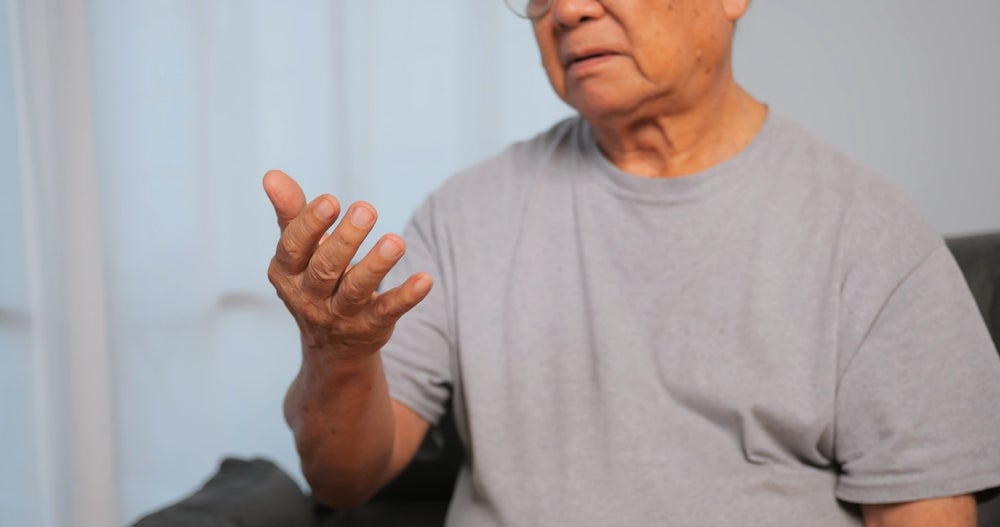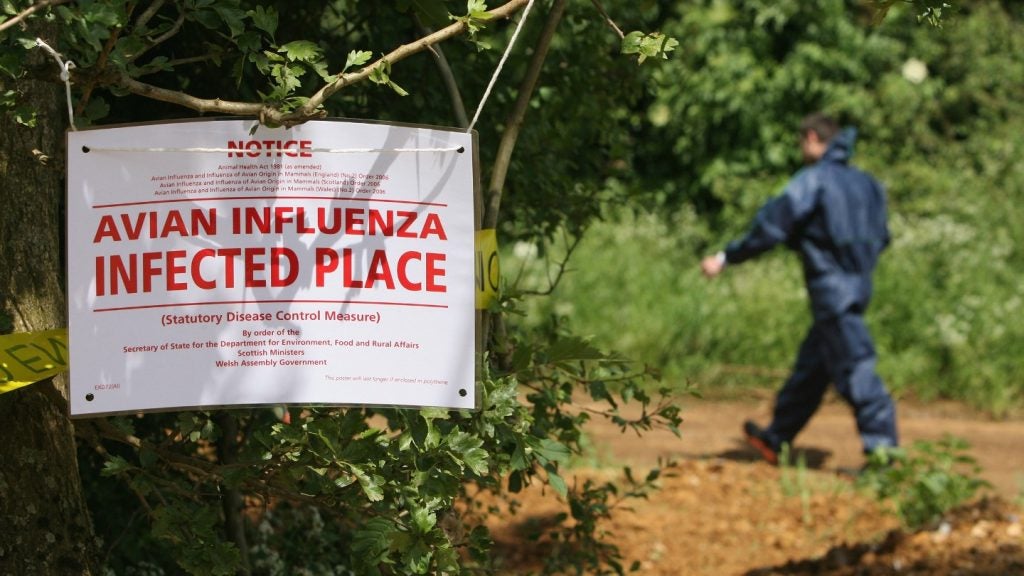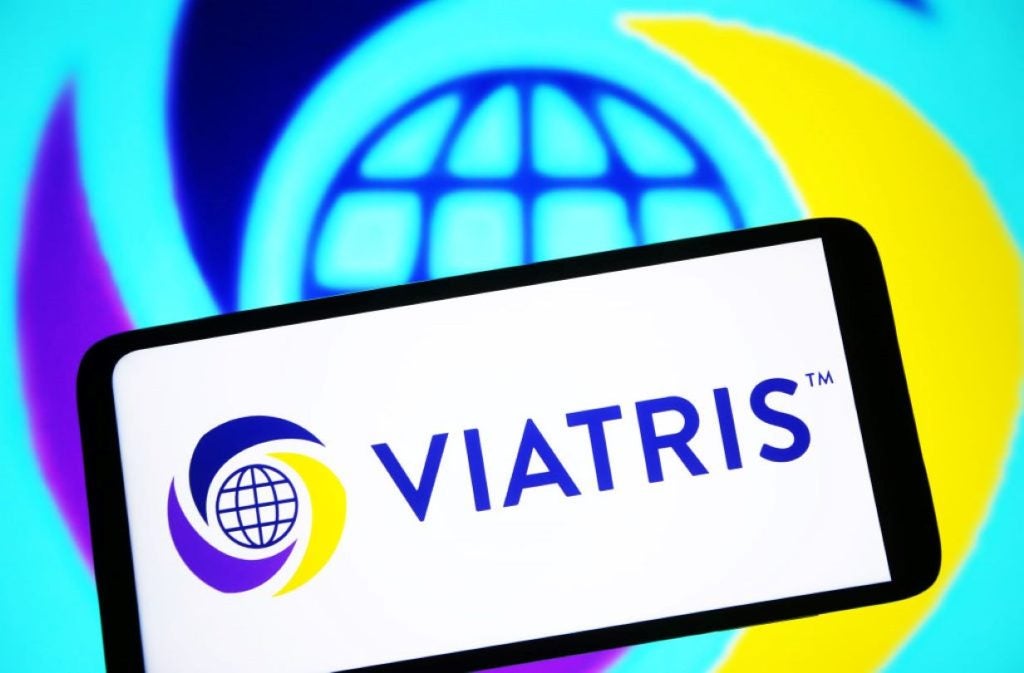On 29 June 2024, during an e-presentation session on the topic of movement disorders at the 10th Congress of the European Academy of Neurology (EAN) 2024, Dr Diego Santos García presented posthoc analyses of the Phase III, open-label study on sublingual apomorphine (SL-APO, NCT02542696) evaluating the impact of concomitant use of dopamine agonists (DAs) on SL-APO efficacy. While SL-APO remained clinically efficacious with or without other DAs, SL-APO was better tolerated by patients on DAs.
SL-APO is a DA marketed by Bial under the brand name Kynmobi in four European countries - France, Germany, Spain, and the UK - for the on-demand treatment of leveodopa wear-off (known as OFF-episodes) not sufficiently controlled by levodopa add-on (adjunct) therapies. After an average of five years, most patients who are taking levodopa experience motor complications that include OFF-episodes. These are often managed through the use of adjunct therapies, including catechol-O-methyltransferase (COMT) inhibitors, DAs and monoamine oxidase B (MAO-B) inhibitors. Some of these therapies include opicapone, ropinirole and safinamide.
The trial enrolled 496 patients. Of these, 120 (24.2%) completed the long-term safety phase of a minimum of three years (up to seven years) follow-up. The total cohort included patients with no prior exposure to SL-APO, termed de novo patients (n = 369), and those who rolled over from previous randomised control trials evaluating SL-APO (n = 127). All patients received treatment with levodopa and levodopa derivatives. In terms of adjunct therapies, 63.5% of patients received DAs, 46.6% received MAO-B inhibitors, 24.6% used adamantane derivatives and 16.1% used other dopaminergic agents. Patients self-administered between 10 and 35mg of SL-APO at home for the treatment of up to five OFF-episodes per day, with a minimum of two hours between doses.
In the original trial data published in March 2024, SL-APO was found to be generally well tolerated and efficacious in both the de novo and roll-over groups. The post-hoc analysis separated the trial participants into DA users and non-DA users at baseline, to assess the impact of concomitant use of DAs on outcomes with SL-APO. DA users accounted for 60.4% of participants during the dose optimisation phase of the trial (three weeks), and 63.3% during the long-term safety phase. While the mean SL-APO dose was significantly lower for non-DA users, both groups achieved a clinically meaningful reduction in motor symptoms at all evaluated time points, as measured by the Movement Disorder Society’s Unified Parkinson's Disease Rating Scale Part III (MDS-UPDRS Part III).
DA users had a lower incidence of the common treatment-emergent adverse events (TEAEs), including those associated with DA use such as nausea, dizziness, somnolence, vomiting, orthostatic hypotension and dyskinesia. The most common of these TEAEs for both groups was nausea, which occurred in 8.1% of DA users compared to 26% of non-DA users in the dose optimisation phase, and in 13.5% of DA users compared to 36.6% of non-DA users in the long-term safety phase.
While SL-APO used to be marketed in the US by Sumitomo Pharma (formerly Sunovion), it was voluntarily withdrawn in 2023 from the US market due to limited utilisation. However, the results of the post-hoc analysis could suggest a synergistic safety profile between SL-APO and other dopamine agonists. If this is proven to be the case, it would increase SL-APO’s competitiveness in the European market as an on-demand therapeutic for OFF-episodes, which might encourage Sumitomo Pharma to re-enter SL-APO into the US market.
Currently, according to GlobalData’s Parkinson’s Disease – Seven Market Drug Forecast and Market Analysis to 2029 report, SL-APO is expected to experience sizeable growth, from sales of $1.5 million in 2024 to sales of $4.7 million in 2029, at a compound annual growth rate of 25.2%. This growth will be driven by sales in France, Germany, Spain and the UK. Key opinion leaders interviewed by GlobalData unanimously preferred it to competing injectable apomorphine, such as Supernus’s Apokyn, due to its easier administration. GlobalData's upcoming Parkinson’s Disease – Seven Market Drug Forecast and Market Analysis to 2033 report will re-examine the shifting dynamics in the treatment of PD, including SL-APO.
















